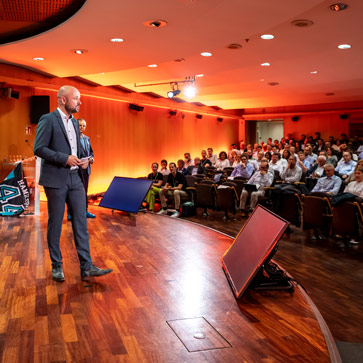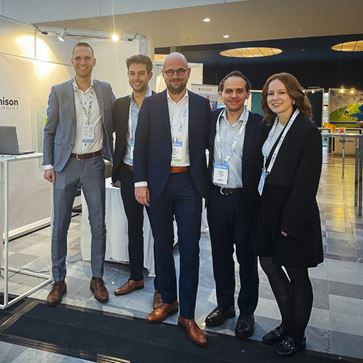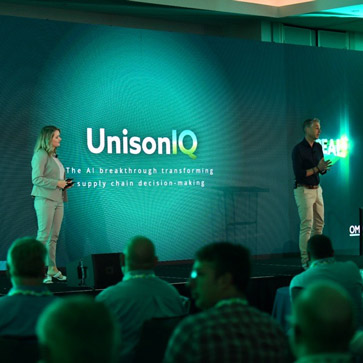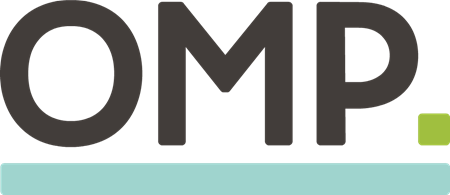
How chemical companies are developing strategies and tactics to deal with disruption
Robbert De Looff - April 4

The 2025 edition of LogiChem in Rotterdam certainly lived up to its promise of providing insight into chemical companies’ key challenges, trends, and achievements. One subject really stood out though: the growing number of disruptive events challenging the sector. How can enterprises deal with them successfully? Everybody seems to agree that digital planning is going to play a decisive role, but the main takeaway is that organizational maturity is a crucial prerequisite.
If a 2025 European chemical conference asks the public what keywords they would use to describe the industry’s outlook, it’s hardly a surprise that ‘challenging’ emerged as the clear winner, closely followed by ‘volatile’ and ‘uncertain’.
Now that Europe struggles with high energy prices and overcapacity due to growing competition from China, the sector expects the European Commission to take appropriate measures. But the current macro-economic and geopolitical climate gives us faint hope for market tranquility. The sector has seen its fair share of disruptive events in recent years, for example, the Russian war and the Red Sea conflict. And does anyone believe this state of permanent turbulence will come to an end anytime soon?
Anticipating events to be able to better respond
The challenge of how to deal with these kinds of event was consequently central to many of the LogiChem keynote and panel discussions. Professionals agree that chemical enterprises must become more agile, respond quicker to market change and be more vigilant in grasping the best sales opportunities. But how can they do that?
In his opening keynote, Nestor de Mattos, Dow’s Chief Supply Chain Officer, touched upon the fact that organizations have to place bets on the events that might happen and proactively develop appropriate strategies, tactics, and actions. Multiple approaches were discussed during the conference, including strengthening a company’s network to address this volatility and uncertainty.
In a panel discussion, Arkema’s Justin Lanyon revealed that his company is focusing more on its core strengths and making efforts to establish strategic partnerships for side activities such as warehousing and logistics. They also want to establish long-standing partnerships with customers as a way of sidestepping lengthy discussion when, for example, faced with an unpredictable tariff war.
Breaking down barriers and reconciling conflicting KPIs
Blog post
When it comes to tactics and actions, much is expected of technological innovation, digital transformation, and advanced scenario planning. “It’s not just about software,” says De Mattos. “Going digital is not the end game, it’s just the first step,” referring to when Dow’s digital transformation was just starting. This was at a time when his organization, and the data they were using, were still very fragmented in separate silos, which had to be broken down first before advanced digital planning could work.
Breaking down barriers is one thing, but you also need to reconcile conflicting KPIs if you want to achieve true organizational unity. This is a key function of the S&OP process which, in essence, produces a series of plans representing different ways of balancing supply and demand. More than one speaker at the conference said that this was easier said than done because it turns out that enterprises need time to firmly embed S&OP into their organizations.
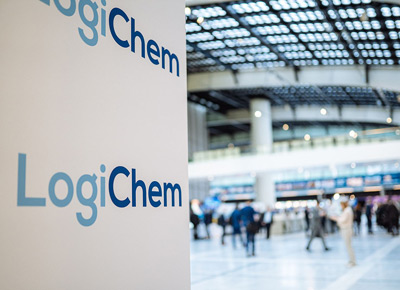
Blog post
The slow maturity curve could also be due to a language divide within S&OP teams, with procurement and marketing talking volumes instead of the dollars or euros the financial departments need. In the panel discussion on the subject, there was a clear consensus that S&OP decisions should be based on financials because volumes don’t give enough insight into the bottom line.
Growing into decision-centric planning
Blog post
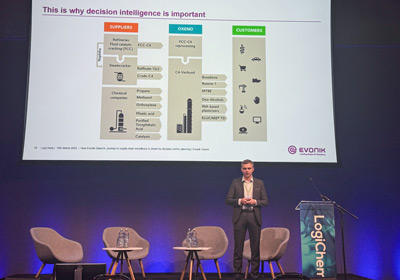
And isn’t it all about the bottom line? Andrea Punzo of Borealis pointed out that S&OP, and S&OE for that matter, is really about being the spider in the spiderweb coming to a conclusion. Meaning: the right conclusion. Because S&OP and S&OE are, in essence, vehicles for making the right decisions to boost profitability. Evonik’s Micha Reuter had good advice for companies still struggling with these kinds of processes: “Start to think in decisions, not in executing the process.”
If that sounds a bit vague, maybe it’s time to check out David Kochanek’s story about how Evonik Oxeno made significant strides into decision-centric planning. At LogiChem, he explained how they’re using the decision-centric framework in OMP’s Unison Planning to run up to 50 scenarios each day. This allows them to continuously learn how to grasp business opportunities and better respond to events.
Blog post
Planning as a driver of profitability
Blog post
Decision-centric planning and S&OP were also high on the OMP Chemical Council agenda in Ludwigshafen just a week before LogiChem. The Chemical Council is an annual full-day meeting where OMP key customers and partners share insights about industry challenges, supply chain planning practices, and achievements. There too, participants agreed that aligning every stakeholder and establishing this company-wide decision-making culture is quite a challenge. Yet awareness is growing.
One participant remarked: “If you don’t make a decision, time makes the decision for you.” We surely want to avoid that, don’t we? We want to make the right decisions and steer chemicals production effectively toward the best margins, based on facts and insights. And that’s a maturity curve. As maturity grows, the results will become real. This is the point where advanced supply chain planning becomes a key driver of profitability in a disruptive world.
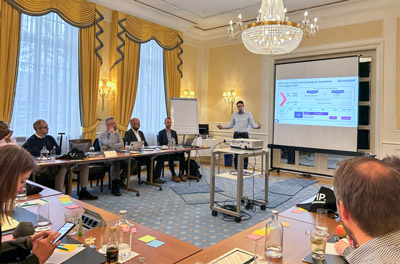
Blog post

Robbert De Looff
Excellence Manager Chemicals at OMP BE
Biography
Robbert is dedicated to maximizing the value of OMP's chemical solution for customers, striving for optimal efficiency every step of the way. Driven by a passion for sustainability and a fascination with optimization and value realization, he's always on the lookout for groundbreaking industry solutions to tackles challenges head-on.
